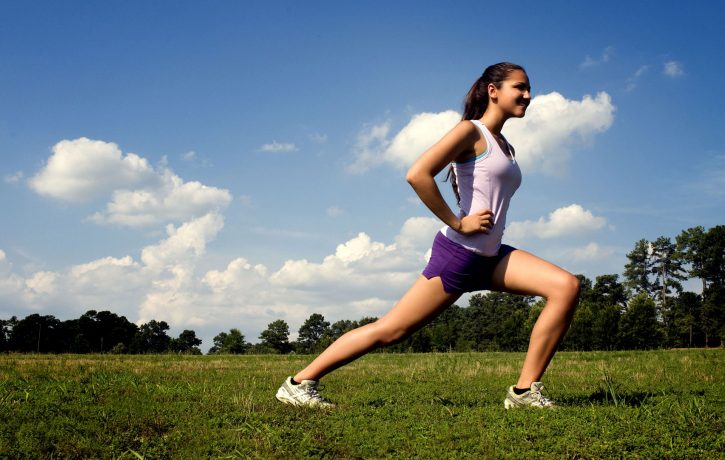Common Injuries Part 2: Hamstrings

It’s not just footballers who are prone to “pulling a hammy” in everyday life we use our hamstrings most commonly when walking, climbing stairs, cycling, squatting, or lifting a heavy object from the floor.
So where are your hamstrings and what do they do? Located on the back of your leg in between your hip and knee they are made up of three main muscles, from medial (inside leg) to lateral (outside leg) the semimembranosus, semitendinosus, and the bicep femoris. These muscles are the main drivers in flexing the knee (bending your knee) and extending the hip (moving a straightened leg back) joints.
Weak or overused hamstrings can lead to tendinopathy in and around the knee or buttocks as well as leading to lower back pain. One misconception is that a muscle has to be moving to be overused, a common complaint of pain comes from people with sedentary jobs. Individuals who are sitting on a chair for a long period of time are using their hamstrings constantly whilst their knee is flexed as they sit. There is little to no movement but the muscles are firing to stabilize the leg keeping it in that position and after a period of time, which is more than likely months rather than weeks, pain is felt. The same outcome is very common in runners who run long distances, the repetitive strides can cause similar pain. In both cases, the use of the hamstring muscles causes degeneration of collagen protein (due to overuse) therefore tendinopathy could occur. Often, if felt in the buttock area, sciatica could be suspected as the sciatic nerves are close to this area but the pain sensation is felt in the lower limbs so can be discounted especially if added to this there is loss of sensation in the leg and or loss of strength of the leg.
If you are in discomfort with similar symptoms and lower back or knee pain or you feel your stride is being restricted by tightness, what can be done? Often the first piece of advice would be to rest, which is great if you are mid-training for a marathon but how do you rest if you are an office worker sitting at a desk for 8-plus hours a day? My advice would be to keep moving within a pain-free zone, if seated all day make a point of leaving your desk more often or even just standing up every 15 minutes. This movement gives your hamstrings a rest from being sedentary.
Performing some stretching and strength exercises on a regular basis is highly beneficial. Strength exercise doesn’t have to be pushing heavy weights in a gym, for most people a few resistance band exercises can make a very positive difference to hamstring strength preventing injury. Massage is ideal for aiding recovery from a hamstring injury as it’s a proven soft tissue therapy. After the initial sessions where the area is treated and tension released a combination of regular massage as well as stretching and strengthening will not only aid recovery but maintain a stronger more flexible group of muscles.
If you are struggling with a hamstring injury then please get in touch with us at The Body Matters. Call us on 01702 714968 for more information.
This article was written by Jon Ward a fully qualified Soft Tissue Therapist.
- How Pushing Too Hard Can Affect Your Health - 23rd April 2025
- Finding Hope and Comfort Through Pain - 21st March 2025
- Non-Pharmacological Solutions for Managing Pain in Parkinson’s - 19th February 2025
